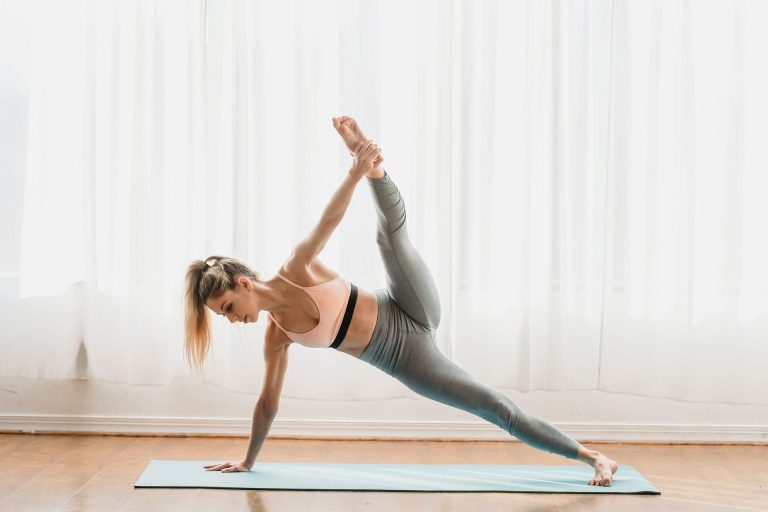Taking a Pilates class, either on the mat or on a reformer, can be a great way to expand your fitness horizons.
Pilates is highly adaptable and can be performed in a gym or studio. Regardless of your fitness level, pilates can be a game changer in the gym.
But first, what is pilates?
Pilates is a low-impact exercise that focuses on strengthening muscles while improving posture and flexibility.
Pilates moves primarily target your core, but engage other parts of your body as well. Pilates is not limited to just one area of the body. Many pilates exercises target your core and core, however this doesn’t just refer to your abs.
Although Pilates is labeled as a core or abdominal exercise, it’s vital to remember that the core involves the entire torso, including the abs, hips, inner and outer thighs, and back.
One of the most targeted movements in the pilates mat work program is the inner thigh lift. It is an adduction exercise that activates the inner thigh muscles of the groin, which pull the thigh toward the midline of the body.
The abductors work in this movement, which is the polar opposite of the lateral leg raise. If set up correctly for this exercise, you’ll notice that it tones the inner thighs while also working the abs.
How to ace inner thigh lifts in pilates?
To properly focus on your inner thighs while doing Pilates, follow these steps:
- Start by lying on your side and forming a long line with your body. Make a banana shape with your feet by moving them a few inches in front of you.
- Raise your ribs and rest your head on the palm of your hand. Make sure your back and neck are in proper alignment.
- Lift the top of your leg to rest in front of your hips.
- Grasp the outside of your ankle with your top hand, which is behind your foot.
- Inhale and lift the lower leg off the floor with your long leg. Keep your knee straight as you lift. don’t bend it.
- As you lower the leg down, exhale and maintain this feeling of length.
- Lower your legs and roll onto your back to complete the release. Repeat the process on the other side.
Different variations of inner thigh lift
Inner thigh raises in pilates can be done in a variety of ways depending on your skill level and goals.
Neck friendly inner thigh lift
Beginners, as well as people with neck or shoulder problems, can make the following changes:
- Instead of resting your head on your hand, place it on an outstretched arm.
- If you want extra stability, support the top leg of your leg in front of your thigh rather than your hip, and place your top hand flat on the floor in front of your chest.
- As mentioned above, perform the inner thigh raise exercise.
Inner thigh lift with pulse
Here’s how to make the simple inner thigh raise more difficult:
- Raise your ribs and rest your head on the palm of your hand. Make sure your back and neck are in proper alignment.
- Lift the top of your leg and place it in front of your hips.
- Hold the outside of your ankle with your top hand as you pass it behind your calf.
- Inhale and lift the lower leg off the floor with your long leg. Keep your knee straight as you lift. don’t bend it.
- Hold for a few beats before carefully lowering the leg.
How are inner thigh lifts beneficial?
Since the inner thigh muscles don’t get much exercise in everyday life, completing specific workouts can help keep them in tune with the rest of the lower body and core, as well as support the knee and hip joints.
When you put on a solid core to complete the activity, the inner thigh lift also works the abs. You’ll improve your core strength and stability, as well as your balance and leg strength. The upper leg position can provide additional hip stretch.
Working your inner thighs (adductors) is important for pulling your legs toward the center of your body and improving hip and knee joint stability.
Mistakes to avoid
To get the most out of inner thigh lifts, keep these things in mind:
- Make sure you are aligned properly to get the most out of your inner thigh lift.
- While your adductors work to lift your extended leg, engage your core and use it to keep your body straight and stable.
- It is difficult to allow your top hip to move forward toward your bent knee or backward behind you. Maintain a stacked hip position, as if your back is flat against a wall.
Poll : Do you include pilates in your workout?
63 votes

